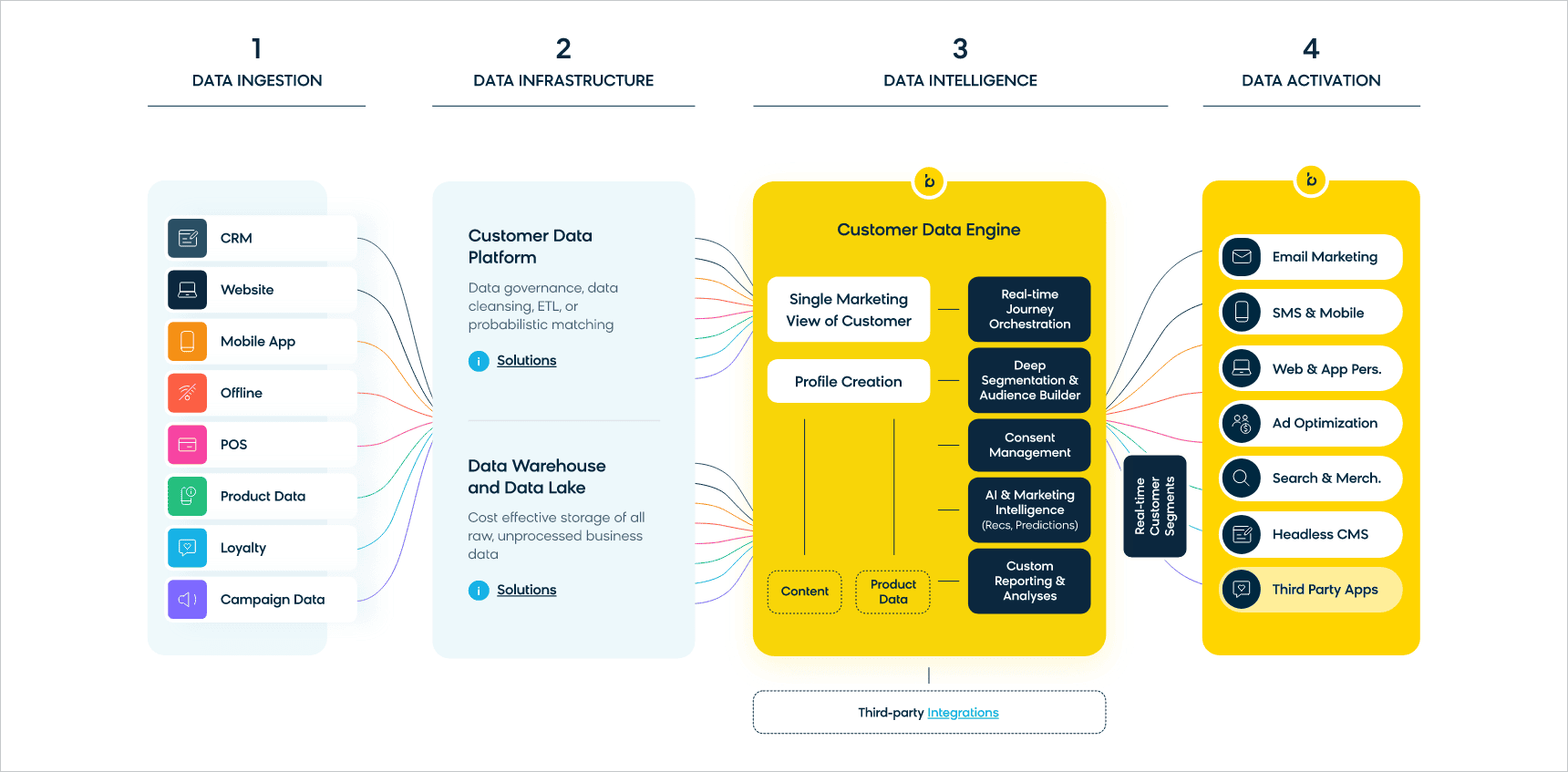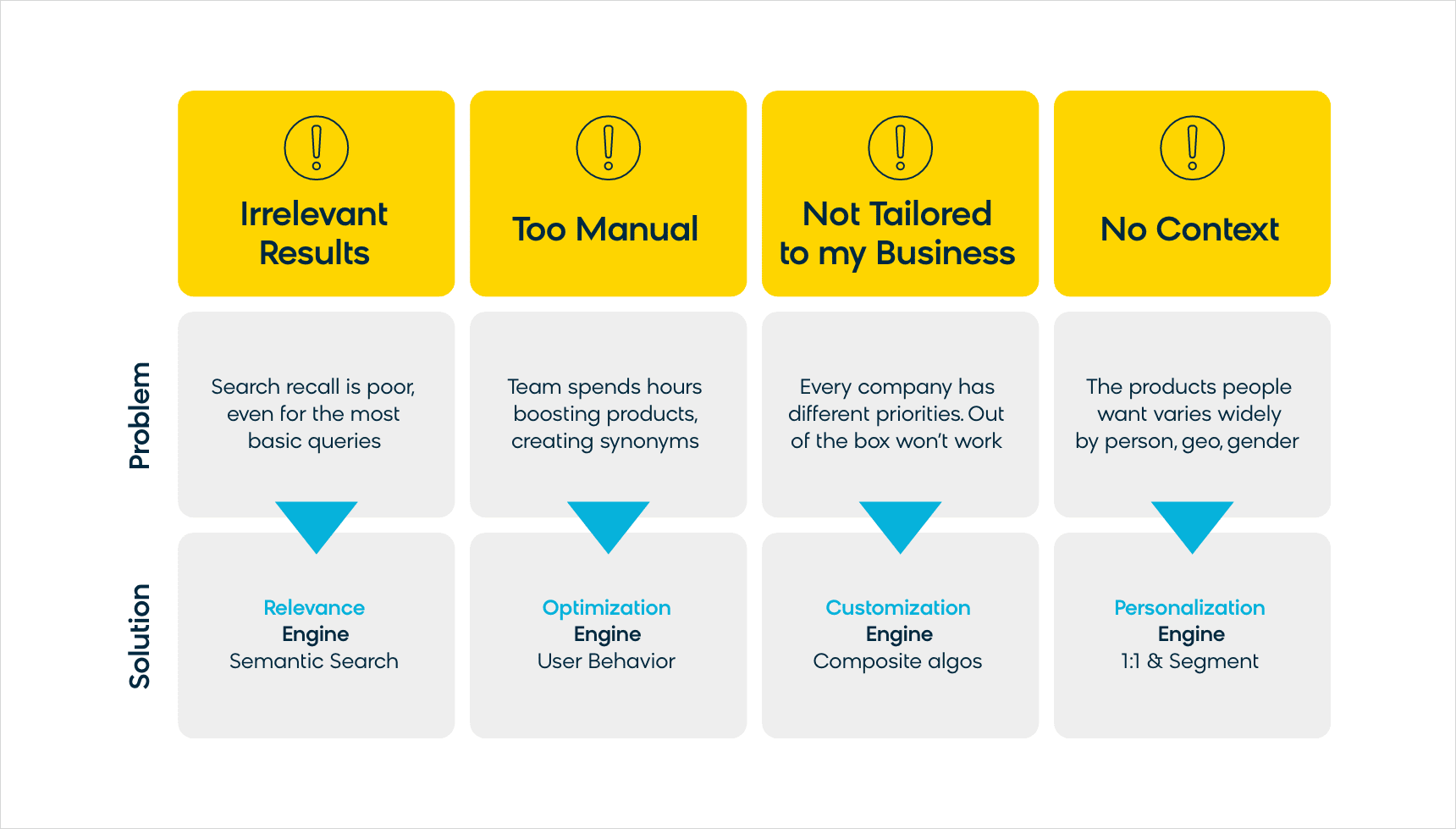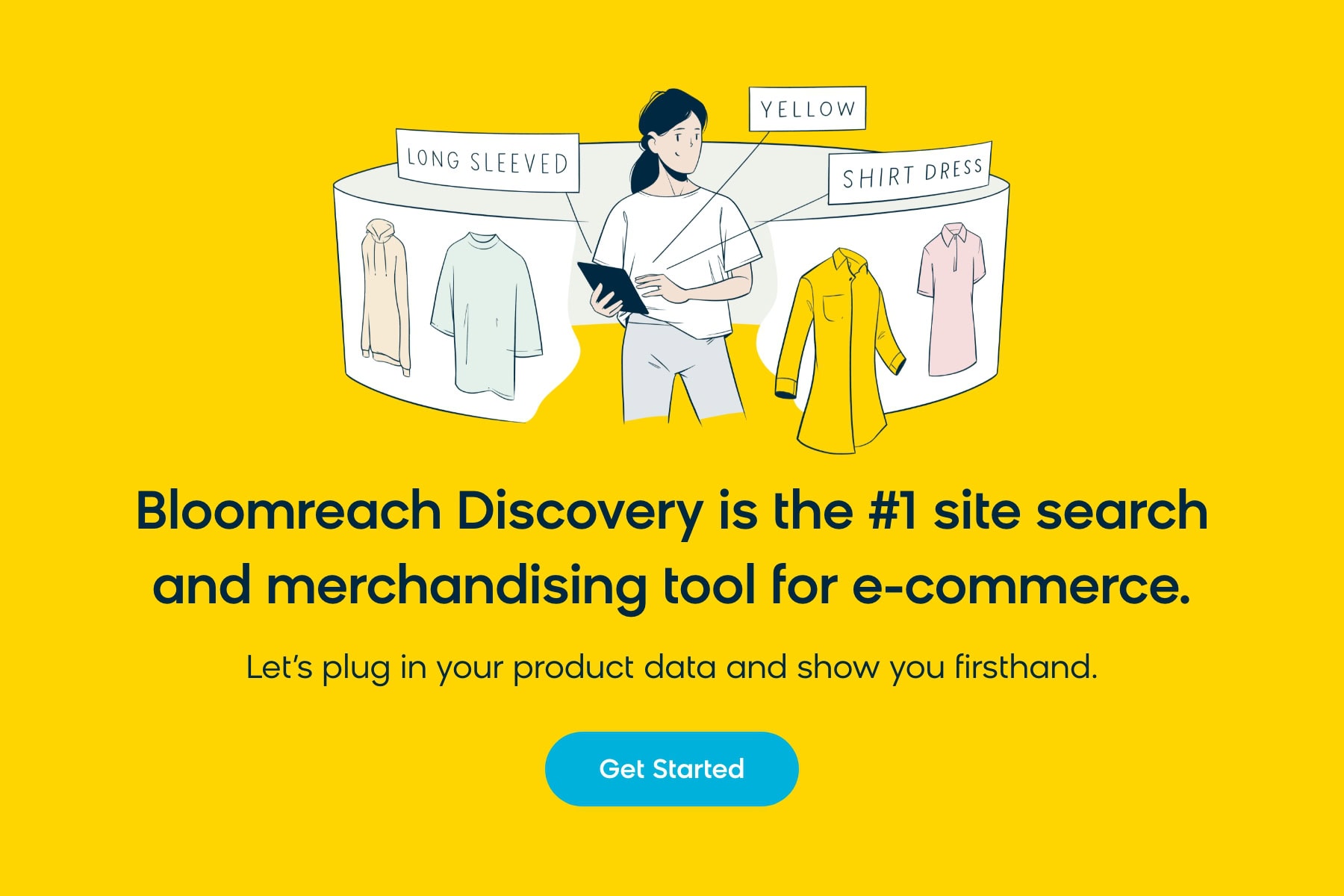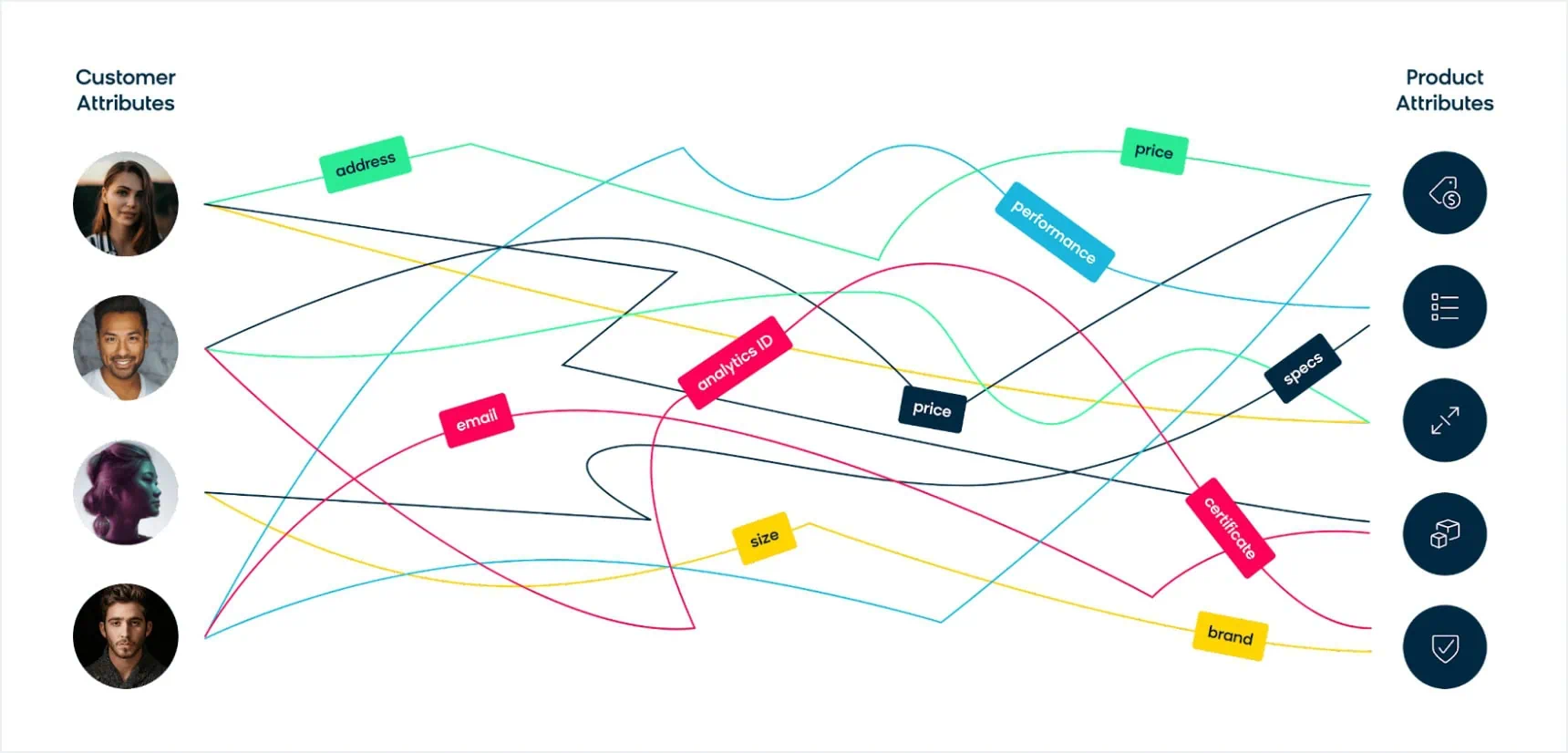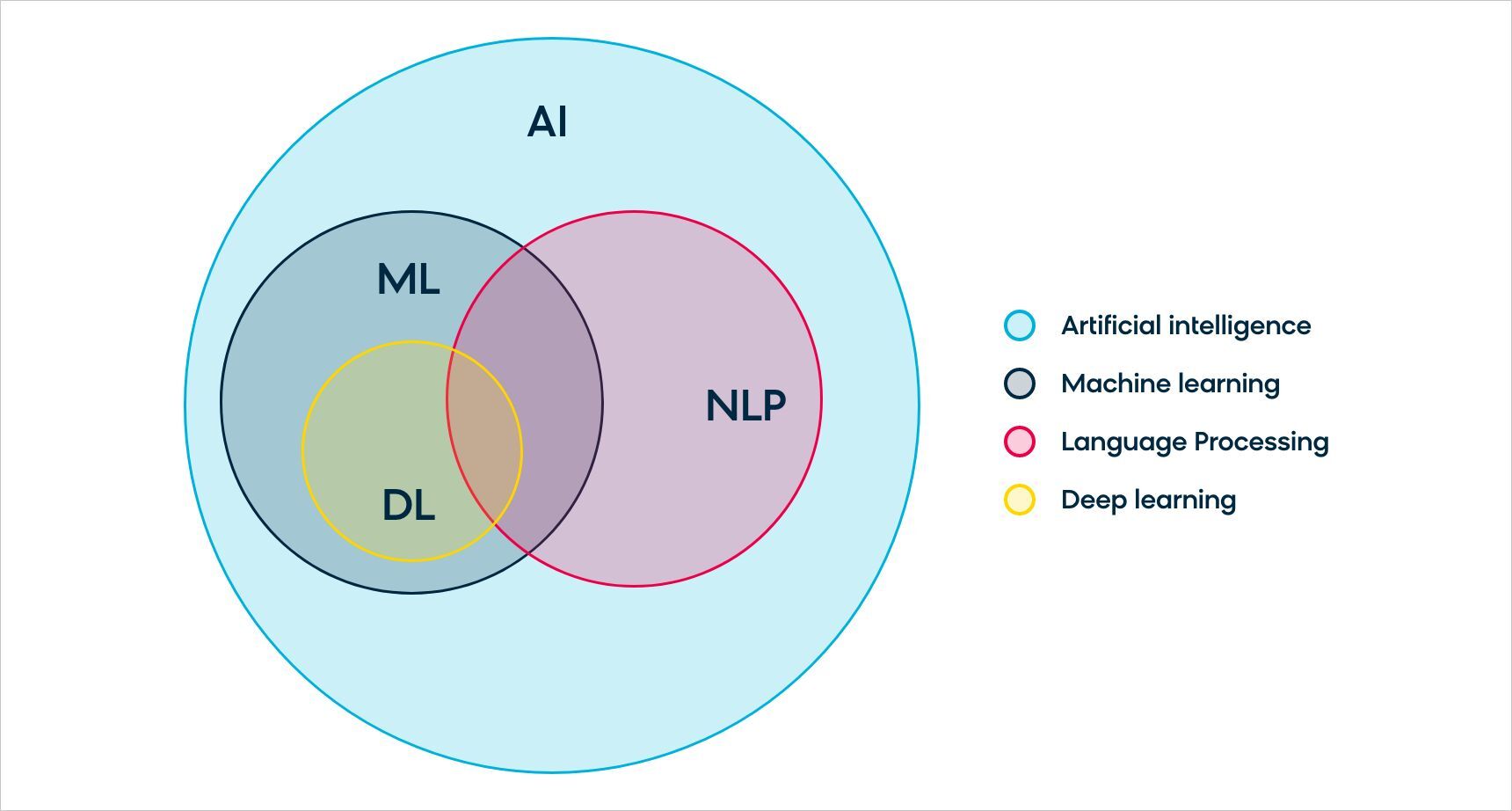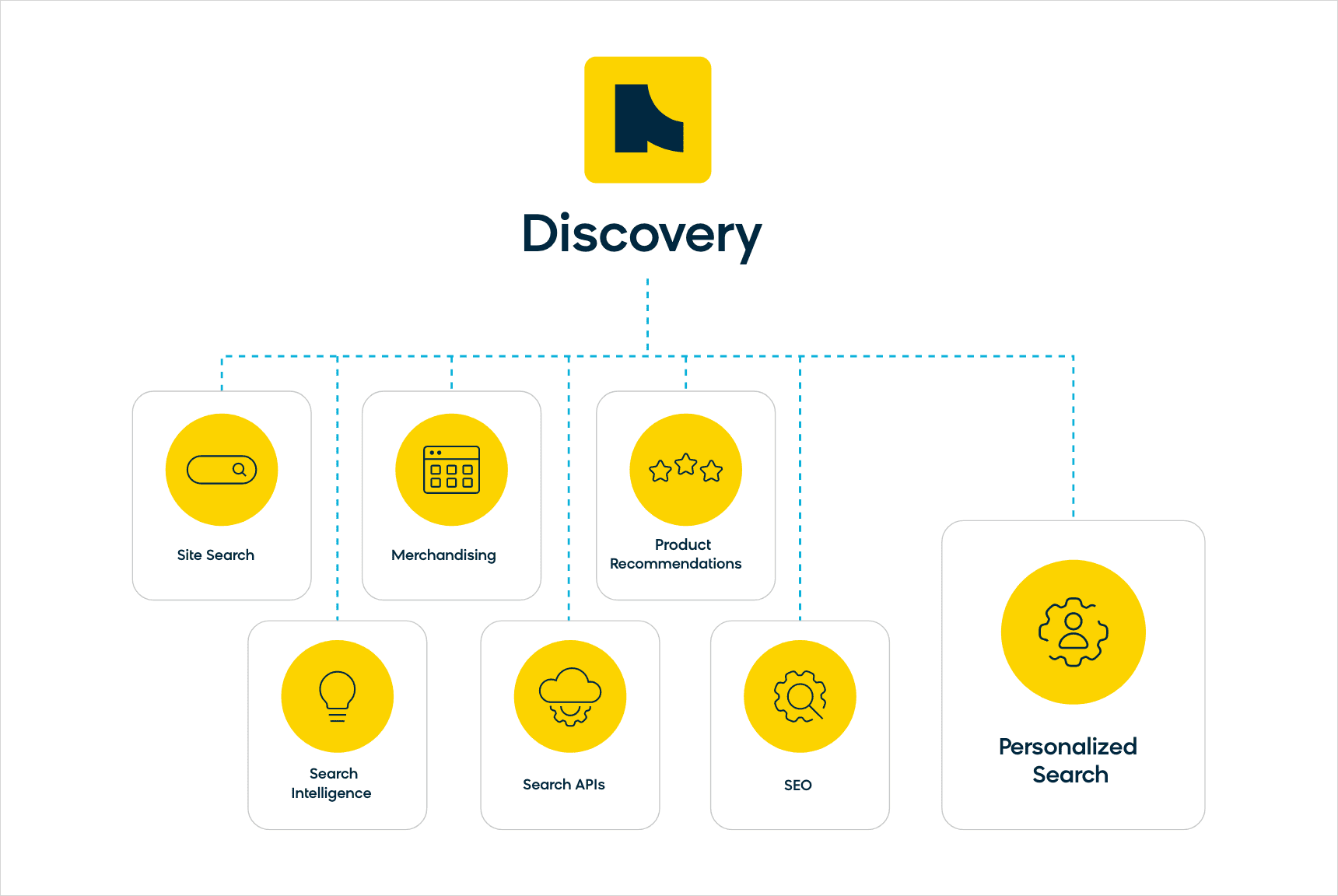As more people turned to online grocery shopping during the height of the pandemic, it changed the grocery industry in a major way. So, grocery businesses have been going through some big ups and downs in most markets because of it. For example, COVID created an excess of demand that subsequently dropped back to more normal levels of shopping. Then, couple all these shifts in behavior with inflation, and the grocery industry has been nothing short of a rollercoaster.
Many consumers reevaluated their grocery shopping habits during the pandemic, opting to get what they could where they could — and getting more of it to make fewer trips. Now, consumers are “back to normal” and demanding more convenience, choice, and transparency in their grocery shopping experiences. They want to be able to quickly and easily find the products they need, compare prices, and make informed purchasing decisions, in-store and online.
Despite these changes in consumer behavior and macroeconomic disruptions, the leaders in online grocery are the ones who can anticipate the needs of their customers before they even begin typing into the search bar. With an experienced search vendor, grocers can analyze consumer behavior through AI (i.e., natural language processing and machine learning) to personalize the online shopping experience. As a result, shoppers will receive highly tailored search results that cater to their individual needs since search works to simultaneously increase your company’s efficiency in meeting customer demands.

Due to all the consistent changes in consumer behavior, demands, and expectations, it’s up to your grocery brand to stay ahead of the curve. Since ecommerce in the grocery industry is expected to double in the next three to five years regardless of spending trends, market leaders are already investing heavily in their digital experiences, putting immense pressure on other grocers to follow suit. And one of the things on grocery shoppers’ wish lists is personalization at the same level as Netflix or Spotify, along with better site search experiences.
That’s why personalized search is becoming a key differentiator for grocery retailers. Let’s explore how personalized search is transforming the grocery industry and why it is so important to invest in this technology.
What Is Personalized Search in the Grocery Industry?
For grocers, personalized search is a search feature that tailors results toward shoppers based on their location, preferences, behavior, and past purchase history from various channels. The concept was first introduced by Google in 2004 as a means of enhancing the user experience. Today, the company uses data — such as bookmarks, search history, and other relevant information — to calculate personalized results for each user and rank web pages accordingly. By implementing personalized search technology, grocers can provide a similar experience, keeping customers loyal in the industry where it matters most.
Certain ecommerce search solutions have moved toward the same personalization promise to accommodate the preferences of grocery shoppers everywhere. However, some search vendors are further along in building out their digital experiences than others. These same solutions are still limited in that they use a pixel to build out personalization, which only collects basic web interactions, like search input focus, recommendations clicked, and add-to-carts.
In contrast, Bloomreach has established a strong foundation of customer data over the past 14+ years with our customer data engine (CDE). Through our products, we collect event-based data, such as email and push notification interactions, add/remove from wishlist, and refunds and complaints, from all sources and collate it into a single customer view. Keeping all of your customer data in one place helps your brand build dynamic customer segments with attributes, like gender, lifetime value, or most common purchase (e.g., size, color, and fit).
If you are just beginning your product discovery initiative, our CDE can provide your grocery brand with a holistic view of your customers that enables real-time segmentation, as well as comprehensive analytics and reporting. By gaining insight into who your customers are, your team can swiftly deliver the search results they desire without waiting for a pixel to learn the nuances of your business.
How Does Personalized Search Work for Grocery Shopping?
Every search vendor’s approach to search personalization is different. At Bloomreach, we’ve understood the obstacles of search for quite some time:
- Irrelevant results. The list of products returned for a query appears to be inadequate — even for the most fundamental searches — and results in irrelevant outcomes. For instance, a search for “chocolate milk” may yield results for various milk chocolate products, despite that not being the searcher’s intent.
- Too manual. If you haven’t invested in the right ecommerce search solution, it’s likely that your team currently spends countless hours boosting products, creating synonyms, and fixing search experiences — manually. Imagine if an item, like blood oranges, is out of stock, but it’s still ranking high above the in-stock navel variety in search results. Without an AI-powered search solution, you would have to identify the issue and go through the time-consuming process of burying the product yourself.
- Not tailored to your business. You’re probably well aware that each company has unique requirements and business goals, even if they’re also in the grocery industry such as yourself. Your brand may prioritize pushing high-margin or private-label items, for instance. But if your current search engine isn’t customizable, meeting these objectives can be difficult, labor intensive, and even unachievable.
- No context. Finally, search intent varies widely by who is searching and where they are searching from. Let’s go back to that “chocolate milk” example. If your search engine locates a brand of chocolate milk unique to the customers at your Florida locations but also ranks it similarly for New York shoppers (even though the product is not offered in this region), then your search bar isn’t doing its job correctly.
Eliminating the “no context” search dilemma is the goal of search personalization. But while merchandisers want to personalize the product discovery experience, they struggle to do it in real time and at scale. Bloomreach Discovery uses what we call “real-time customer segments” to personalize product search, category, and recommendation results in real time based on customer demographics and behavioral data. This helps your ecommerce practitioners better define and utilize the product grids across the site — even for first-time visitors — to drive revenue per visitor.
Bloomreach will help your company identify the proper segmentations, or groups of customers, based on their shared attributes (e.g., bargain shoppers vs. brand purists), and target them effectively. By exposing this segmentation data, our Discovery product proceeds to a 30-day training where algorithms build personalized rankings for each segment. Once the data is complete, you can A/B test the segmentations to evaluate the performance.
Why Is Personalized Search So Important to the Grocery Industry?
In the highly competitive grocery shopping environment, where customers expect fast and relevant results, personalized search is essential for your brand’s success. By tailoring search results to each customer’s preferences and needs, your site can make it easier for shoppers to find the products they are looking for and increase conversions and average order value.
Additionally, satisfied customers are more likely to become brand advocates and return customers, which is extremely paramount to the grocery industry in particular. Implementing personalized search provides an opportunity for businesses to differentiate themselves from their competitors and gain an edge in the increasingly digitized grocery marketplace.
In a nutshell, personalized search algorithms can provide ecommerce businesses with a wealth of insights into their customers’ needs and preferences. By analyzing data such as historical purchases and search queries, grocery brands like yours can gain a deeper understanding of their customer base and improve the overall shopping experience. In turn, businesses have a significant opportunity to reduce bounce rates, expand their customer base, and take their operations to the next level.
The Best Practices for Leveraging Personalized Search in Grocery
Having learned about how personalized search works in the grocery industry, your team can now utilize Bloomreach Discovery for these five best practices.
Prioritize Cleaning Up Your Commerce Data
For personalized search to work effectively, your product and customer data (or “commerce data“) must be accurate and complete. This is particularly crucial in the grocery industry where personalized search relies heavily on data to identify patterns and deliver relevant results. If the data is incomplete or inaccurate, it can hinder the personalization process, so your brand must work to clean up and maintain your commerce data to ensure that personalized search functions effectively and enhances the shopping experience.
For example, if a regular customer has begun to show interest in premium or organic products and is spending more on their grocery purchases, it wouldn’t make sense to continue showing them the same affordable products that they once opted for. Not only would it fail to reflect the customer’s evolving needs and preferences, but it could also hinder the growth of your business, which should be focused on optimizing the search experience for each customer’s real-time intent to drive revenue growth and promote customer loyalty.
As we discussed earlier, Bloomreach’s customer data engine can help grocery businesses connect customer data to product data and facilitate successful personalization that creates elevated shopping experiences. By leveraging personalized search that reflects customers’ interests and preferences, your business can foster long-term customer loyalty and maximize revenue growth.
Develop Targeted Customer Segments To Optimize Experiences
Making sure your personalized search strategies are effective can be challenging, but it is vital to stay competitive. To tackle this obstacle, Bloomreach champions multi-layered personalization to increase customer satisfaction, loyalty, and revenue growth. Whether you’re just starting in ecommerce or have been immersed in it for years, Bloomreach can provide the tools you need to optimize your personalized search strategy.
Our AI-powered solution automatically builds out your customer segments based on real-time learnings, enabling businesses to reach their target audience more effectively. If you already have a customer data platform, our technical experts can assist with incorporating it into our solution. Second, Bloomreach leverages a massive dataset that we have built over the last decade, meaning your grocery brand doesn’t have to wait for pixel data to learn about your customers.
Finally, as customers browse your site, Bloomreach can personalize the experience using 1:1 product recommendations based on artificial intelligence or merchandiser-set rules, drawing on past and present learnings. By using Bloomreach, grocery businesses can offer personalized experiences that resonate with their customers.
Leverage AI To Take the Unnecessary Tasks Off Your Teams
AI is becoming increasingly indispensable for the grocery industry to deliver superior customer experiences, both with and beyond site search. With advanced AI technologies like natural language processing, businesses can analyze user behavior and search queries to optimize search functions based on the products that shoppers are most interested in and most likely to purchase. Bloomreach leverages these AI capabilities to provide instantaneous personalization that allows customers to see the most relevant products at any given time.
In addition to personalizing 1:1 search, AI helps ecommerce businesses gain a deep understanding of their customers on a large scale. As the volume of products and site visitors grows, it can be challenging for e-merchandising practitioners to maintain accurate, personalized search results manually.
With AI-powered site search that leverages machine learning, your grocery business can take advantage of our industry-specific reranking use cases, from store-specific ranking (where results can be personalized based on the neighborhood store your customers frequent) to ranking results by dietary preference. In today’s rapidly evolving ecommerce landscape, using AI in site search is no longer optional — it’s critical for success.
Implement Filters and Facets for Even Better Results
Optimizing the search experience goes beyond just the search bar — like leveraging filters and facets. While filters and facets serve the same purpose, they have distinct differences. Filters are broader categories that remain unchanged, such as prices or ratings. Facets, on the other hand, are specific to the results of a particular search query, allowing customers to narrow down their search using attributes like brands, departments, or nutrition. Essentially, facets provide categorizations for the product itself, making it easier for customers to find exactly what they want.
However, a major challenge with facets is ensuring that they remain relevant and effective in encouraging conversion. Bloomreach’s advanced algorithms can optimize facet ranking based on engagement metrics, allowing grocery businesses to deliver a more tailored search experience. Then, your company can identify the most commonly used filters and facets and make them more prominent in user navigation. Your team can also take control of facet ranking using Bloomreach’s facet editor — which allows you to rank facet values by department, brand, or ingredient — and reach new heights with searchandising.
Have the Tools To Test, Test…and Test Some More
A/B testing is critical to delivering effective and personalized search experiences in ecommerce. This way, your business can ensure it’s providing the best search results possible to its customers. Since these tests provide valuable insights that can be used to refine and improve the overall search experience, they will help you understand how search results are being interpreted and responded to by shoppers.
By conducting A/B tests, businesses like yours can identify which autosuggestions, product recommendations, and facets resonate with different customer segments, too. This enables you to tailor the search experience to each user’s specific needs. This level of personalization can result in a positive shopping experience that encourages customers to make additional purchases and shop with your brand again. In the grocery industry, where customer loyalty is imperative, leveraging A/B testing to optimize the personalized search experience can be a simple yet highly effective strategy.
Personalized Search Means Everything in Grocery
Providing a high-quality shopping experience that caters to customers’ needs is key to driving engagement, loyalty, and growth in the grocery industry. With Bloomreach Discovery’s powerful personalized search capabilities, achieving this objective is now within your reach, especially with all our focus on specific grocery use cases.
Using our personalization engine, grocery businesses can lift the typical manual constraints in their search and merchandising workflows, resulting in improved conversion rates, increased revenue, and higher customer satisfaction. Understanding customers’ unique needs, interests, and preferences is a powerful way to demonstrate that you care about their well-being, which is especially important to a business that quite literally sells the idea of health and nourishment.
Remember, now is not the time to overlook the potential of AI. To learn more about Bloomreach Discovery and how to take advantage of our AI in your personalized search strategy, schedule a demo with us today.


